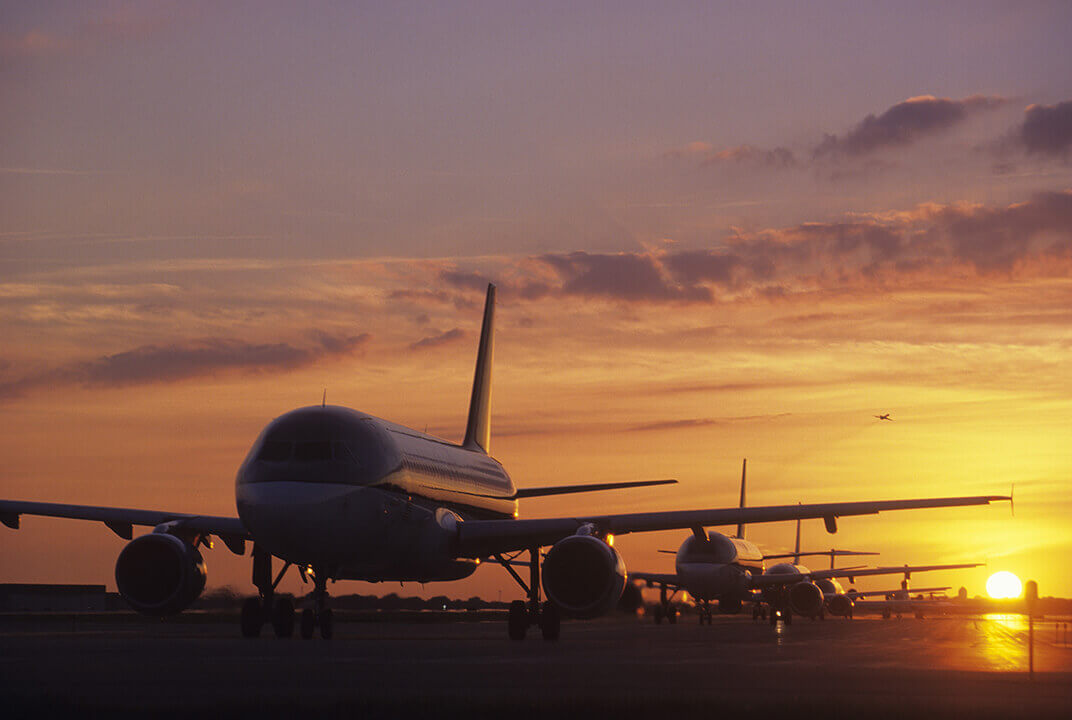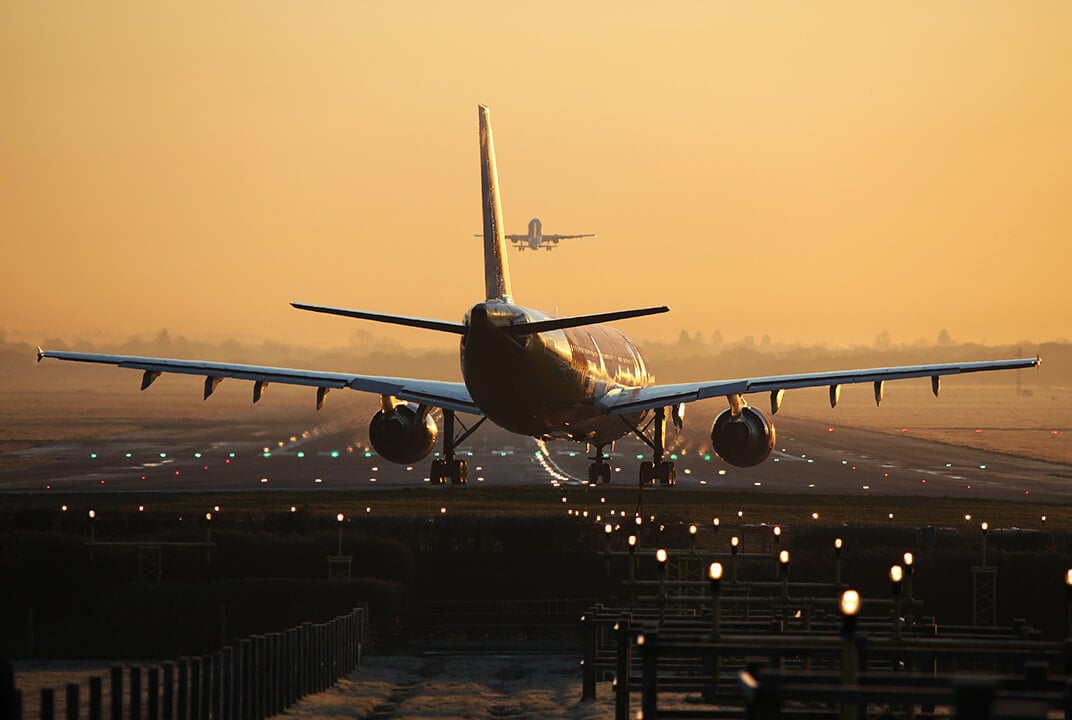Insight | Africa rising
Africa rising
null
As the African aviation market continues to expand, how can airlines operating on the continent use inflight connectivity to realise greater margins?
African air travel stands on the verge of a significant shift. This vast continent has long been spoken of as the final frontier for the development of global aviation and just a quick glance at the figures involved demonstrate how the potential for growth is colossal. Africa is home to 16% of the world’s population, for example, and yet only accounts for 2 to 3% of the world’s air traffic.
The International Air Transport Association (IATA) notes that Africa currently has approximately 77m air travellers every year. By 2035, it predicts that this will rise dramatically to reach a total market of 303m annual passengers. IATA also estimates that the top 10 fastest-growing markets in terms of additional passengers by percentage will also be in Africa (Sierra Leone, Guinea, Central African Republic, Benin, Mali, Rwanda, Togo, Uganda, Zambia and Madagascar). Each of these markets is expected to grow by more than 8% each year on average over the next 20 years, doubling in size each decade. It’s evident then that it’s an exciting time to be involved in aviation across the region.
Further impetus was provided in 2018 with the implementation of the Single African Air Transport Market (SAATM) agreement. This much-anticipated – and long-needed – arrangement is expected to provide the final catalyst for a wealth of opportunities for African aviation. The liberalising reform aims to create a single air transport market across Africa, thus providing additional momentum for the continent’s economic transformation. Indeed, IATA says the significance of the SAATM should not be underestimated, citing the “immense impact” it could have.
The positive benefits of this open skies agreement should lead to new and more frequent routes, shorter travel times and lower fares. And as air traffic grows this will precipitate increased tourism and trade, more inward investment, better links across the continent, economic growth and job growth.
Further research from IATA indicates that if 12 key markets (Algeria, Angola, Egypt, Ethiopia, Ghana, Kenya, Namibia, Nigeria, Senegal, South Africa, Tunisia and Uganda) overcame the effects of inefficient government protectionism, an extra $1.3bn would be added to the gross domestic product of those countries and an additional 155,000 jobs created.
A study by Deloitte – Single African Air Transport Market: Is Africa Ready? – also found that by ‘2036 the impact of air transport and the tourism it facilitates in Africa will have grown to support 9.8 million jobs (60% more than in 2016) and a $159bn contribution to GDP (a 184% increase).’
Speaking at the Annual General Assembly of the Airlines Association of Southern Africa last October, IATA Senior Vice President Paul Steele said aviation was a crucial binding agent across Africa.
“It takes African exports to the world,” he said. “Whether it’s fresh agricultural produce, manufactured goods, or creative and cultural endeavours, it is air transport that makes the difference for Africa.”
Download the white paper
- Size
- 1 MB
A new era for commercial aviation
It’s clearly an exciting time for those involved (or looking to get involved) in African aviation’s inflight connectivity (IFC) sector. The continent has lagged behind other areas of the globe when it came to IFC, but this brings a number of opportunities. Chapter one of the London School of Economics’ Sky High Economics survey forecasts that the adoption of IFC could lead to a potential $587m in revenue for airlines in the region by 2035.
A growing middle class has precipitated a boom in mobile telecommunications. This has seen Africa fast-tracked - or what the World Bank has termed leapfrogging - into a world of financial participation. The UN’s former Secretary-General Ban Ki-moon has been one to advocate the potential transformation this leapfrogging can bring, stating: ““With the rapid development of the global digital economy and the availability of technology, the next century belongs to Africa.”
And as other continents have shown previously, when digital transformation becomes the norm on the ground, the expectation to stay connected when in the air is sure to follow.
At this point the concept of leapfrogging takes on added pertinence. Carriers adopting IFC solutions now - such as Inmarsat’s GX Aviation - will be served by next-generation connectivity. This matters because passengers in countries that adopted IFC early - North America for example - will often speak of being frustrated by the poor quality of Wi-Fi on offer. African airlines adopting the next wave of IFC will therefore benefit from the very latest in next-generation solutions. This year will herald some interesting moves in this space.
Moreover, the growth in business travel and a flourishing private jet market offer more lucrative opportunities for IFC. Business travellers demand constant contact with clients and colleagues and this is doubly applicable to those utilising private jets. This buoyant sector is well served by Inmarsat’s business aviation connectivity service, Jet ConneX.
This is a pivotal moment for African aviation. If the SAATM helps to usher in a new era then the sector will grow, passenger numbers will increase and the economic prosperity of the continent will flourish.


